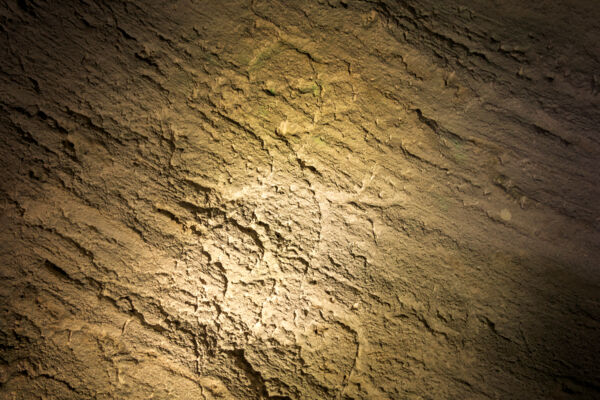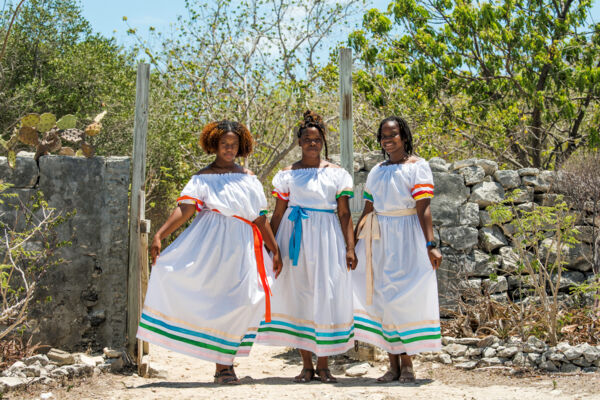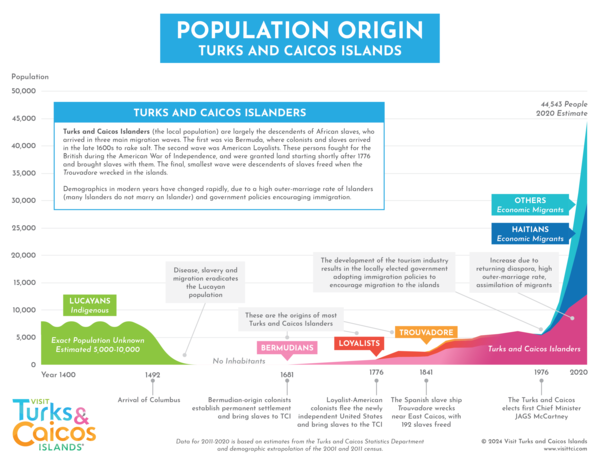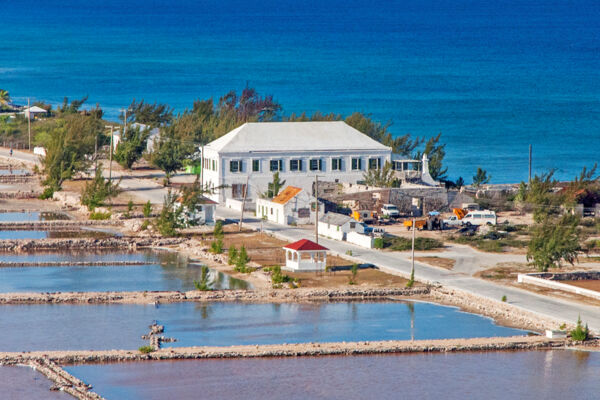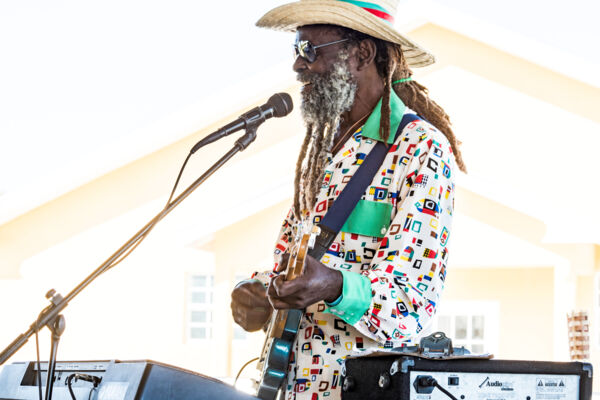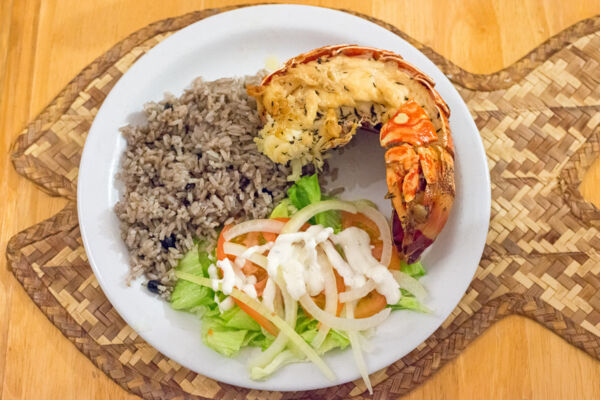Turks and Caicos People
The Indigenous People
The first known inhabitants of the Turks and Caicos were the Tainos (also called the Lucayans), who were a branch of peoples who were present throughout the northern Caribbean up until approximately the year 1500. It’s thought that they migrated to what is now the Turks and Caicos rather late in history, and probably around the year 700 AD.
Juan Ponce de León, the Spanish conquistador, is the first European explorer that is widely accepted to have discovered the islands, although some modern historians believe that Christopher Columbus made his first landfall in the Americas at Grand Turk.
Grand Turk matches the description of San Salvador (the first land in the New World described by Columbus) which is commonly said to be in the Bahamas. However, Grand Turk is a more easterly island, and thus more likely to be the first point of landfall. See Turks and Caicos History for more information on this hypothesis.
By the early 1500s, the Spanish had captured (as slaves) most of the native Lucayans for work on nearby Hispaniola (the island that is now home to Haiti and the Dominican Republic), with the remaining Lucayans leaving for other Bahamian islands, or dying via introduced diseases (such as smallpox).
There are no remaining Lucayans, the original native indigenous people, in the Turks and Caicos Islands today. Artifacts from these peoples can be seen at the Turks and Caicos National Museum in Cockburn Town, Grand Turk.
First Migration Wave - Bermudians
The first people to settle in the islands, after over 100 years (between 1500 and 1600) of the country being depopulated were Europeans via Bermuda, several of whom brought slaves with them. The majority of people residing in the islands today are descendants of African slaves. The late 1600s saw a movement of slaves brought to the islands to work in the salt industry, which was the primary industry in the country at the time.
Second Migration Wave - Displaced American Loyalists
After the American Revolutionary War, some Loyalists fled to the Turks and Caicos, which was a British colony, where they were given land and brought additional slaves with them to work on cotton plantations such as Cheshire Hall Plantation on Providenciales and Wade's Green Plantation on North Caicos.
Slaves Freed by the British Navy
In 1807, the slave trade was abolished throughout the British Empire, however, slavery itself was still legal. In 1833, the Slavery Abolition Act put an end to slavery in the British Empire, including in the Turks and Caicos. Freed slaves were given an apprenticeship to learn a trade, commonly returning to work for their former masters for a share of the plantation (or salt ponds), or for wages.
With slavery abolished, the Royal Navy, along with combating piracy, had the additional task of freeing slaves they captured aboard French and Spanish ships. One such ship, the Spanish ship Trouvadore, was sunk by the British in 1841, and 192 slaves were found on board. These people were given their freedom by the British and allowed to settle on Middle Caicos, where they formed the town of Bambarra and became the ancestors of many of the country’s residents today.
Europeans and North Americans have always been a minority in the Islands, and few were living in the country up until 1960, when serious development began. Today, they number around 5% of the resident population.
Modern Immigration and Demographics
Until the early 1990s, the country was majority African Turks and Caicos Islanders (more than 90%). However, government immigration policies of the late 1990s until the present resulted in large numbers of foreigners immigrating to the country, resulting in a massive change in the status quo. Today, African Turks and Caicos Islanders account for less than 35% of the population (2012 census), with the remainder made up of expatriates (commonly referred to as expats).
The Turks and Caicos is not a sovereign country, and as such cannot confer citizenship directly, and instead British Overseas Territory Citizenship (BOTC) is conferred. This is regulated under British legislation. A locally conferred status, Turks and Caicos Islander Status (previously titled ‘Belongership'), can be held separately or in conjunction with BOTC. Being a Belonger (also called ‘having status') is what grants a person the rights and privileges commonly associated with citizenship. Simply holding a passport, with Turks and Caicos Islands on the cover, does not in itself grant you the right to vote, stand for election, and many other rights.
Many local Belongers have links and family connections across the region, as the Bahamas and Turks and Caicos have shared a similar history and heritage, and local family trees reflect this. Of the four persons elected Premier and Deputy Premier in the 2012 and 2016 elections, only one was born in the Turks and Caicos.
In the past, various local remedies (commonly called ‘bush medicines') played an important role in health care, with various local plants and wild herbs being used to treat common ailments such as the cold and flu.
Many immigrants are Haitians (from nearby Haiti), who are emigrating from their impoverished country for a better life in the Turks and Caicos. Haitians speak Haitian Creole, a French-derived language, and are generally poorly integrated into the local community. Additional significant minorities are Dominicans (Spanish-speaking), and Filipinos (primarily Filipino and English-speaking).
For information about moving to the Turks and Caicos, citizenship, and voting, see Citizenship and Residency, Turks and Caicos Real Estate, and Living in the Turks and Caicos.
Culture
The Turks and Caicos share many cultural elements with the Bahamas, as many local residents have Bahamian ancestry and have lived or were born in the Bahamas. The Turks and Caicos Islands are geographically part of the Bahamas, and a loose union was proposed in 2009 to link the two countries.
The primary religion is Christianity, which is shown in the preamble to the country’s constitution:
The people of the Turks and Caicos Islands as a God-fearing people with convictions based on sound Christian culture, values and principles, tolerant of other religions...
Music
Ripsaw is a local music genre developed during slavery times. It consists of scraping an instrument, such as a screwdriver, over a saw blade to create a scraping sound. Playing ripsaw is called ripping the saw. Common accompaniments are the guitar, drums, and triangle. Junkanoo, a Bahamian music genre, was brought back to the islands by returning Turks and Caicos Islanders who left to find work in the nearby Bahamian Islands.
We Funk Junkanoo
Local events often feature a Junkanoo band, such as the popular We Funk group headed by Kitch Penn, which made an appearance in the TV series The Fosters (S5E21). This band also performs at the annual Maskanoo event held in Grace Bay on Boxing Day.
Cuisine
As a small archipelago nation, it’s no surprise that the traditional cuisine of the Turks and Caicos is centered on seafood.
Until relatively recently, Turks and Caicos was generally a very poor country, and food imports were quite limited. Most of the ingredients that factored into local dishes were caught or raised in the islands. Conch, lobster, fish, and turtle was collected from the ocean, and maize, beans, okra, squash, and plantains were grown in small farm plots. These products were used to create stews, soups, johnny cake cornbread, and fish with peas n' grits, which was hominy with legumes.
As trade into the Turks and Caicos increased, the maize hominy was largely replaced by imported rice, which led to peas and rice being the quintessential side for most dishes.
Neighboring countries such as the Bahamas and Jamaica have influenced many of the modern popular foods in the Turks and Caicos today, such as deep-fried conch fritters, and jerk chicken.

